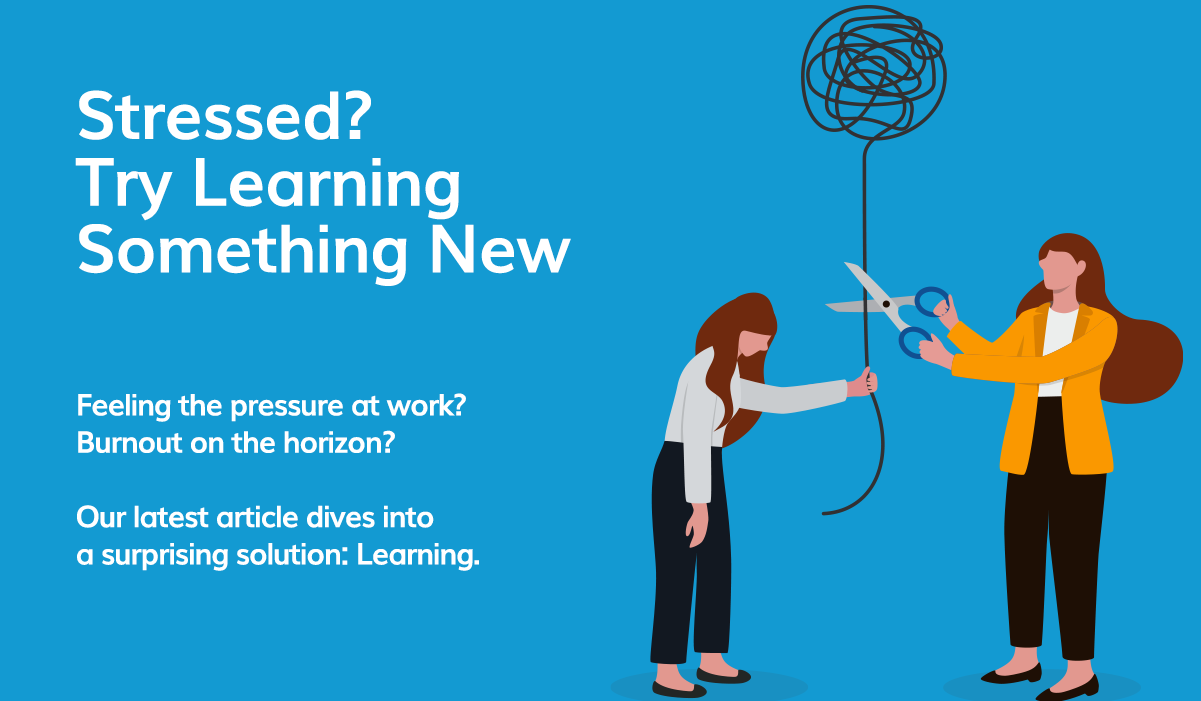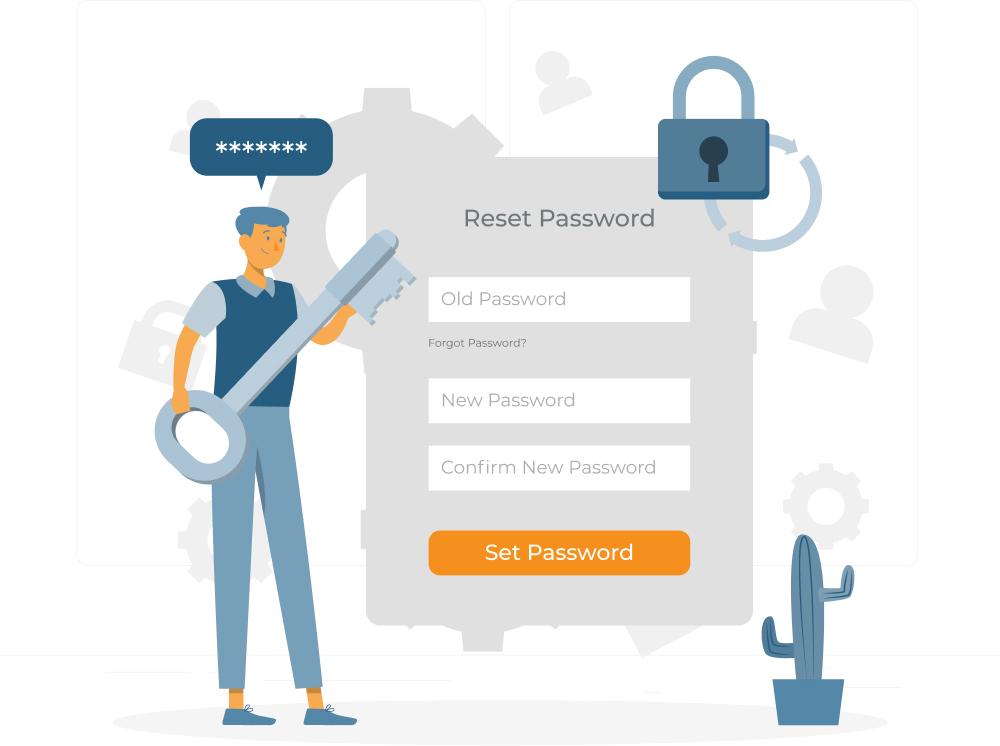Stress is a common companion in the modern workplace. The demands of longer work hours, increased responsibilities, and the pressure to do more with fewer resources can take a toll on employees’ mental well-being. This article explores the profound connection between learning and stress management. It suggests that embracing learning can be a powerful tool for destressing, and it sheds light on why simply powering through or taking a break may not be as effective.

The Traditional Approaches: Powering Through and Taking a Break
When faced with work-related stress, people often adopt one of two common strategies. The first is the “power through” approach, where individuals push themselves to complete their tasks despite feeling stressed and fatigued. Many professionals exhibit a “bias for action” and take pride in their ability to persevere through tough times. The second approach is to “get away” temporarily, disconnecting from work to escape the stressful environment. Breaks, relaxation rooms, and leisure activities at work have gained popularity as means of providing relief from stress.
However, both of these approaches have their pitfalls. Continuing to work under extreme stress can lead to depletion and impaired performance. On the other hand, taking a break may offer temporary respite, but it does not address the root causes of stress and can sometimes lead to feelings of guilt and anxiety upon returning to work.
The Power of Learning: A Third Option
Research suggests a third, more proactive strategy for managing workplace stress: learning. Engaging in learning activities, such as acquiring new skills, gathering information, or seeking intellectual challenges, can serve as a buffer against the adverse effects of stress. Chen Zhang, Christopher G. Myers, and David M. Mayer discovered the potential benefits of learning in combating stress. Evidence showed that engaging in learning activities can help workers from the detrimental effects of stress including “negative emotions, unethical behaviour, and burnout” in two separate but complementary studies.
Building Resources Through Learning
Learning serves as a valuable resource in managing stress. It provides individuals with instrumental and psychological resources. Instrumentally, learning equips individuals with new knowledge, skills, and problem-solving abilities that can help them address both immediate and future stressors. Psychologically, learning fosters feelings of competence and self-efficacy, making individuals feel capable of achieving their goals. It also connects individuals to a sense of purpose and growth, emphasising continuous improvement rather than fixed capabilities. These psychological resources contribute to building resilience in the face of stress.
Strategically Using Learning to Manage Stress
Take the following steps to harness its power:
Reframe Stressful Challenges: Change your perspective on stress by viewing it as an opportunity to learn and grow rather than a burden.
Collaborate and Share: Seek input and support from colleagues when facing a stressful challenge. Discussing the issue with others can yield valuable insights.
Make Learning a Break: Instead of solely relying on relaxation breaks, consider incorporating learning activities as a refreshing change from routine tasks. This approach can help replenish your mental resources.
The take-away:
Acquiring new skills or taking on a new course can be a potent antidote to workplace stress. It equips individuals with the tools and mindset to effectively manage stressors and build resilience. By embracing learning as a central aspect of work and stress management, employees can not only alleviate the negative effects of stress but also prepare themselves to navigate future challenges with confidence and competence. Learning is not just a response to stress but a proactive strategy for personal growth and well-being in the workplace.

